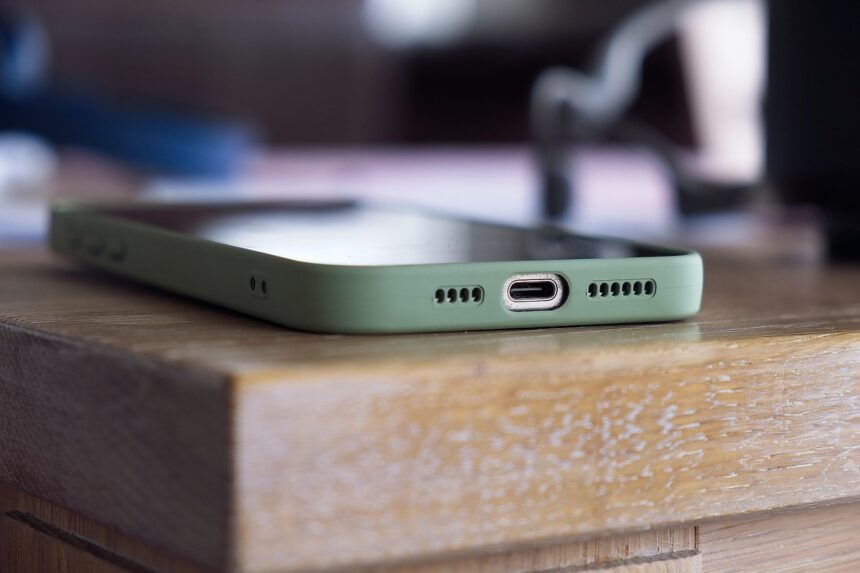5G and IoT Integration: Unlocking New Business Opportunities
The convergence of 5G technology and the Internet of Things (IoT) is set to revolutionize various industries, creating unprecedented business opportunities. As we delve deeper into this integration, we will explore how businesses can harness these technologies to drive innovation, enhance efficiency, and deliver better customer experiences.
- Understanding 5G Technology
- The Role of IoT in Business
- Integrating 5G with IoT
- 1. Smart Cities
- 2. Remote Healthcare
- 3. Supply Chain Optimization
- 4. Industrial Automation
- 5. Enhanced Retail Experiences
- Step-by-Step Strategies for Businesses
- Checklist for Successful Integration
- Frequently Asked Questions
- What industries can benefit from 5G and IoT integration?
- How does 5G improve IoT device performance?
- What are the security concerns with IoT devices?
- How can small businesses leverage 5G and IoT?
- What is the future of 5G and IoT integration?
- Conclusion
Understanding 5G Technology
5G, the fifth generation of mobile network technology, is designed to be faster, more reliable, and capable of connecting a vast number of devices simultaneously. Its key features include:
- High Speed: 5G can deliver speeds up to 100 times faster than 4G, enabling real-time data transfer.
- Low Latency: With latency as low as 1 millisecond, 5G is suitable for applications that require immediate responsiveness, such as autonomous vehicles.
- Massive Device Connectivity: 5G can support millions of connected devices within a square kilometer, paving the way for smart cities and IoT.
The Role of IoT in Business
IoT refers to the network of interconnected devices that communicate and exchange data. This technology enables businesses to gather valuable insights through data analysis. Key benefits of IoT include:
- Improved Operational Efficiency: IoT devices can automate processes, reducing manual intervention and minimizing errors.
- Enhanced Customer Experience: By analyzing customer data, businesses can tailor their offerings to meet specific needs.
- Predictive Maintenance: IoT sensors can monitor equipment health, allowing businesses to perform maintenance before failures occur.
Integrating 5G with IoT
The integration of 5G and IoT can unlock significant business opportunities. Here are some ways businesses can capitalize on this integration:
1. Smart Cities
5G and IoT can transform urban areas into smart cities. For example, smart traffic management systems can reduce congestion by analyzing real-time data from connected vehicles and traffic signals.
2. Remote Healthcare
Telemedicine is gaining traction thanks to 5G’s low latency and high speed. Healthcare providers can monitor patients remotely using IoT devices, improving outcomes and reducing costs.
3. Supply Chain Optimization
IoT sensors can provide real-time tracking of goods in transit. Coupled with 5G, businesses can gain insights into their supply chain operations, enabling quicker decision-making and reducing delays.
4. Industrial Automation
In manufacturing, 5G can facilitate the connection of numerous IoT devices on the factory floor, allowing for real-time monitoring and automation of production processes.
5. Enhanced Retail Experiences
Retailers can use IoT devices to analyze customer behavior in-store. With 5G, they can provide personalized promotions and improve inventory management in real-time.
Step-by-Step Strategies for Businesses
To successfully integrate 5G and IoT, businesses should follow these strategies:
- Assess Current Infrastructure: Evaluate existing systems and identify areas for improvement.
- Invest in IoT Devices: Choose IoT devices that align with business goals and can seamlessly integrate with 5G networks.
- Data Management: Implement robust data analytics tools to derive actionable insights from IoT data.
- Develop a 5G Strategy: Create a roadmap for 5G deployment, considering network coverage and connectivity requirements.
- Training and Development: Educate employees on new technologies and data management practices.
Checklist for Successful Integration
- Evaluate current technology stack
- Identify potential IoT use cases
- Establish partnerships with telecom providers
- Invest in cybersecurity measures
- Monitor and analyze data continuously
- Stay updated with technological advancements
Frequently Asked Questions
What industries can benefit from 5G and IoT integration?
Industries such as healthcare, manufacturing, logistics, and retail can significantly benefit from integrating 5G and IoT technologies.
How does 5G improve IoT device performance?
5G offers faster speeds, lower latency, and the ability to connect more devices simultaneously, enhancing the performance of IoT applications.
What are the security concerns with IoT devices?
IoT devices can be vulnerable to cyberattacks. Implementing strong encryption, regular updates, and robust authentication measures can mitigate risks.
How can small businesses leverage 5G and IoT?
Small businesses can utilize affordable IoT solutions to streamline operations, enhance customer engagement, and improve decision-making through data analytics.
What is the future of 5G and IoT integration?
The future holds immense potential for 5G and IoT integration, with advancements in AI and machine learning further enhancing capabilities and applications.
Conclusion
The integration of 5G and IoT is a game-changer for businesses across various sectors. By embracing these technologies, organizations can unlock new business opportunities, drive innovation, and gain a competitive edge in the digital economy.






